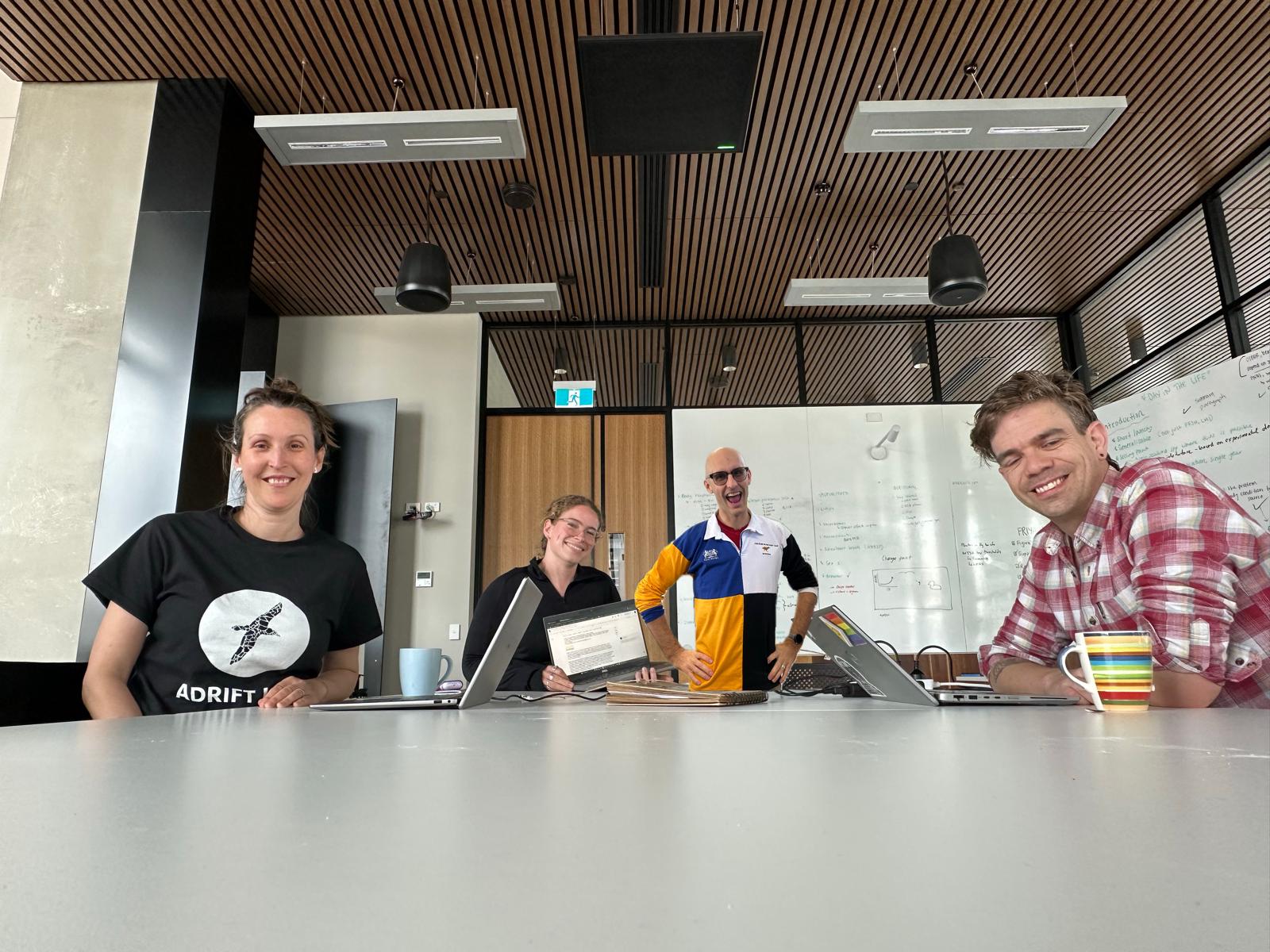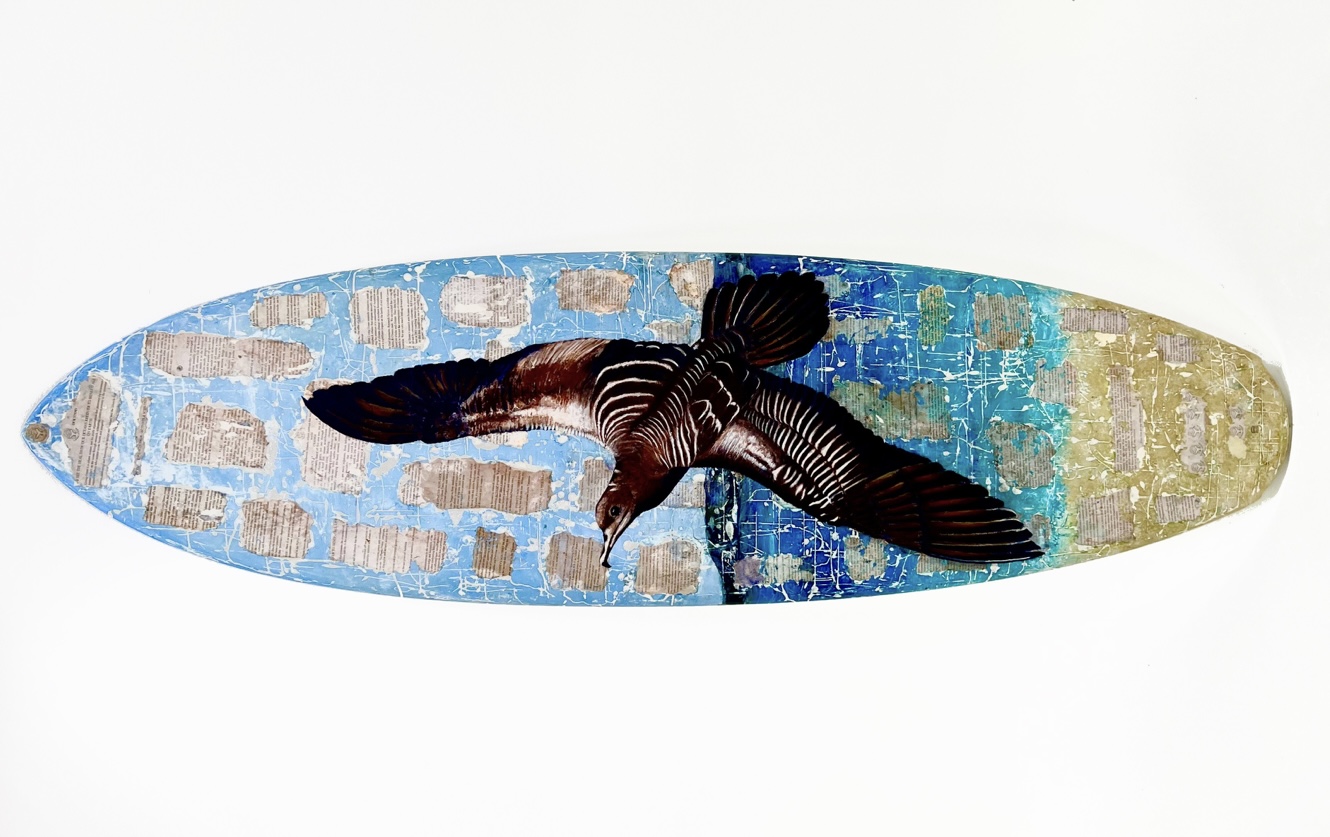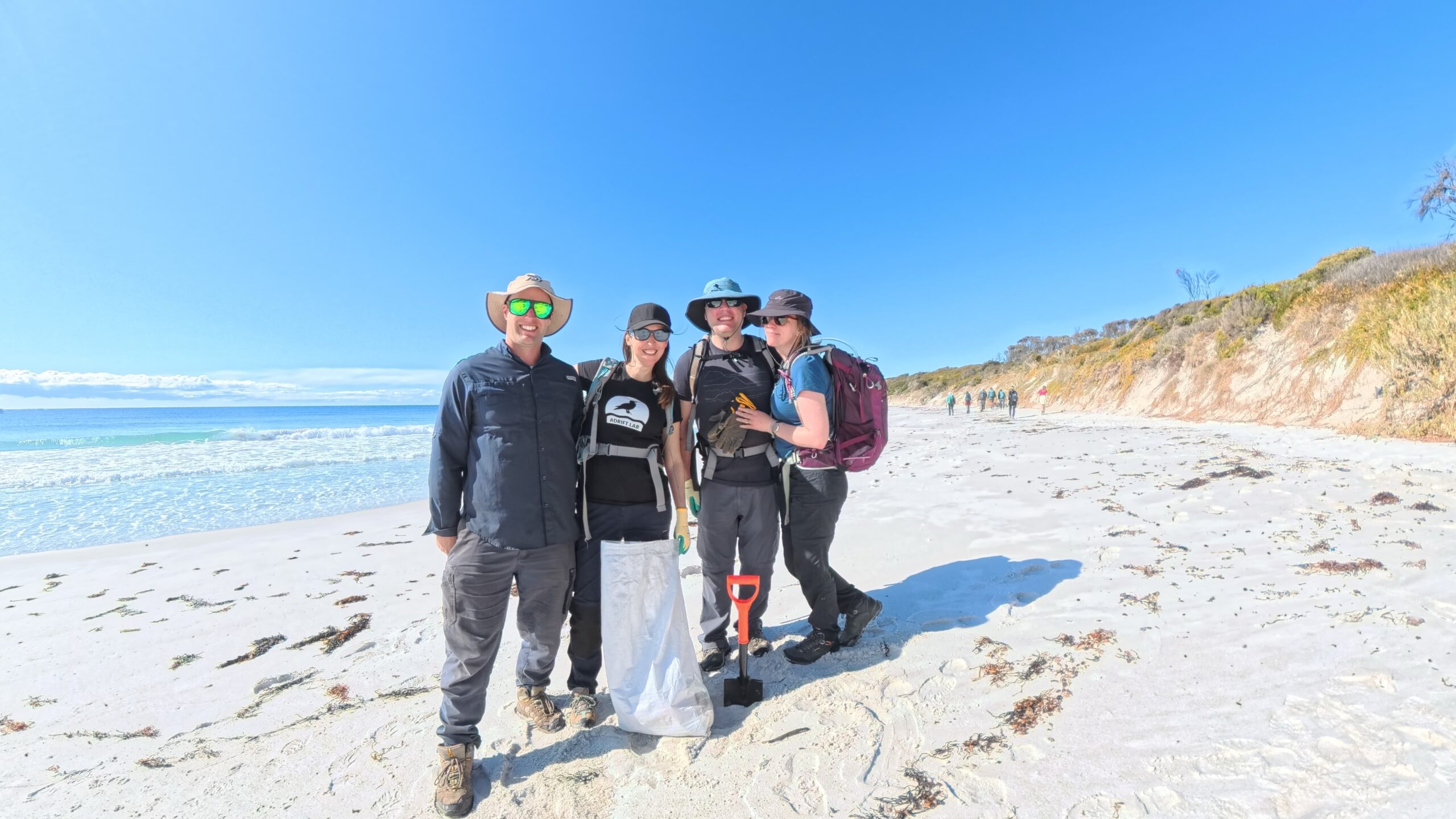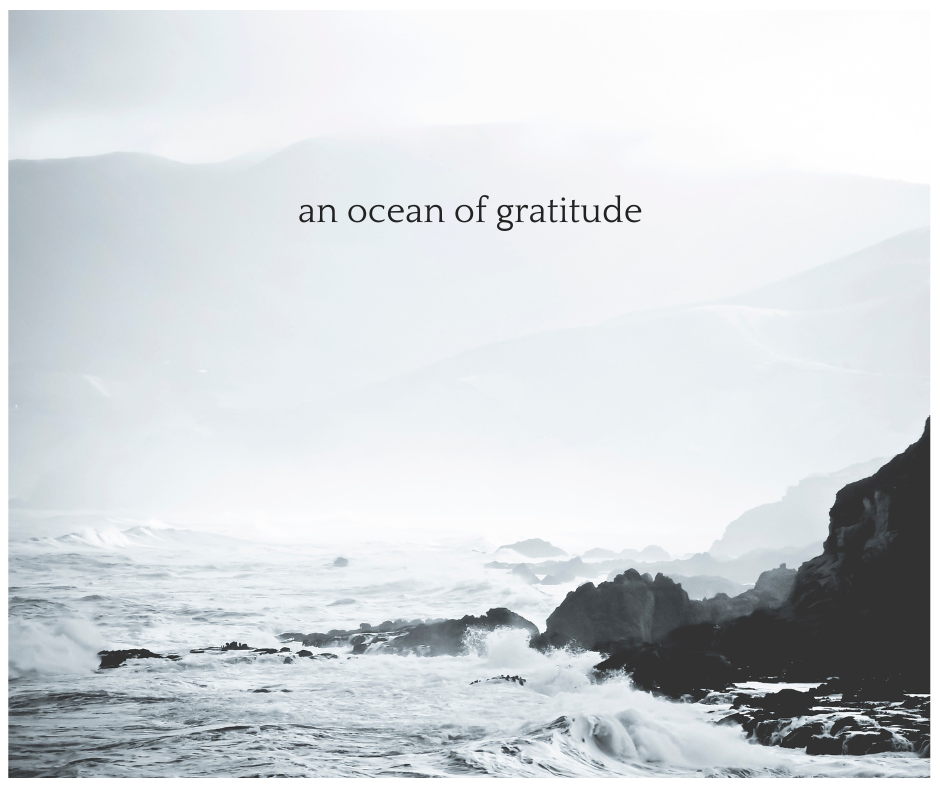On Art, Science, and Kaleidoscopes

Last year, Dr Jennifer Lavers was contacted by American artist Tina Hinojosa, who wanted to create an art-science piece using marine debris. Dr Lavers sent some plastic that had been ingested by flesh-footed shearwaters on Lord Howe island.
“Tina is famous for making jewelry, so I assumed that’s what she’d create, but I was wrong. What she made is incredible – a brass and copper kaeidoscope, with micro-plastics encased inside.”
— Dr Jennifer Lavers
Tina donated the kaleidoscope back to Dr Lavers, who now wants to share the piece with the world before being relegated to a special place in her home. She writes about her inspiration and process of creating the piece below:
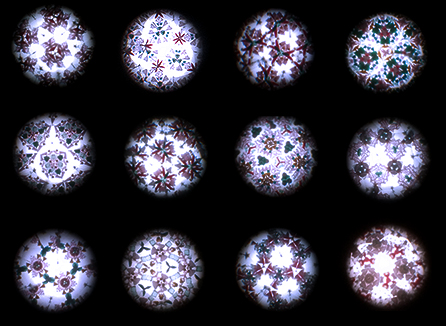
From Tina
“My passion for the ocean started out as an attempt to find a new, meaningful direction for my work. I have always enjoyed working with recycled materials, because I despise wastefulness and pollution. I started working with plastic a few years ago, primarily because it is free, abundant, and comes in many different types and colors. I love saturated colors and experimenting with different values of translucency.
“There are many people using recycled material in ‘upcycling’ projects. but they also look like they are made from recycled material. WHile I think there is value in being able to recognize the material, I try to push for a second glance – somewhere between the obvious and the ambiguous”
Fast forward in time: I need to pull together a body of work for my senior thesis at Winthrop University. I have three weeks to get started and I have nothing. Most of my work is conceptual, but very few pieces are related and most of it is egocentric. I’m really just making little plastic trinkets and while they are well made, they are entirely void of anything purposeful or meaningful to anyone but me.
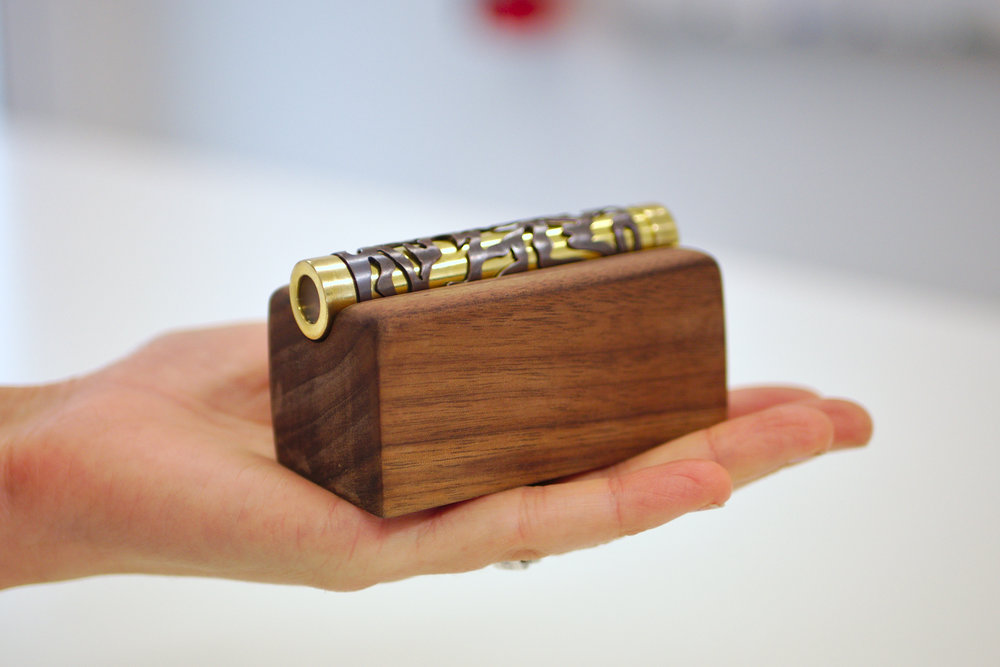
Having been someone who always volunteered and worked within the community, I gave up a lot of that to go back to art school and now, what was I doing with my life? So, I started thinking about what was important to me, beyond myself and my family, and picked the top two: the environment and animal welfare. I stuck those two terms in google beside plastic and the first thing that came up was Ocean Plastic.
I spent a few days milling around The Ocean Conservancy site, reading different types of research, and ended up on YouTube watching Plastic Oceans, a short video released by the United Nations. I already knew this was a story I wanted to tell, but while I was watching the segment, I saw the plastic come out of the bird’s stomach and thought – that is a material that can tell a story and it would allow me to get more specific and tell the story of an animal population being endangered by the wasteful practices of humans. I had no clue what I was looking for, but I found it, somewhat serendipitously.

As far as the kaleidoscope goes, I’m a sentimental person, so I wanted to make an object that commemorated the work we [Jennifer and Tina] did together as artist and scientist, working toward the same goal. It also made me think, with the tiny bit of material used to produce so many different images, this idea of illusion and truth. One of the biggest arguments against the straw ban this year is that only 1% of our plastic ends up in the ocean. Nevermind that this amounts to about 750,000 pounds per year and growing with the rate of consumption. In this case, the illusion is the truth and there is so much more there than we see.”

